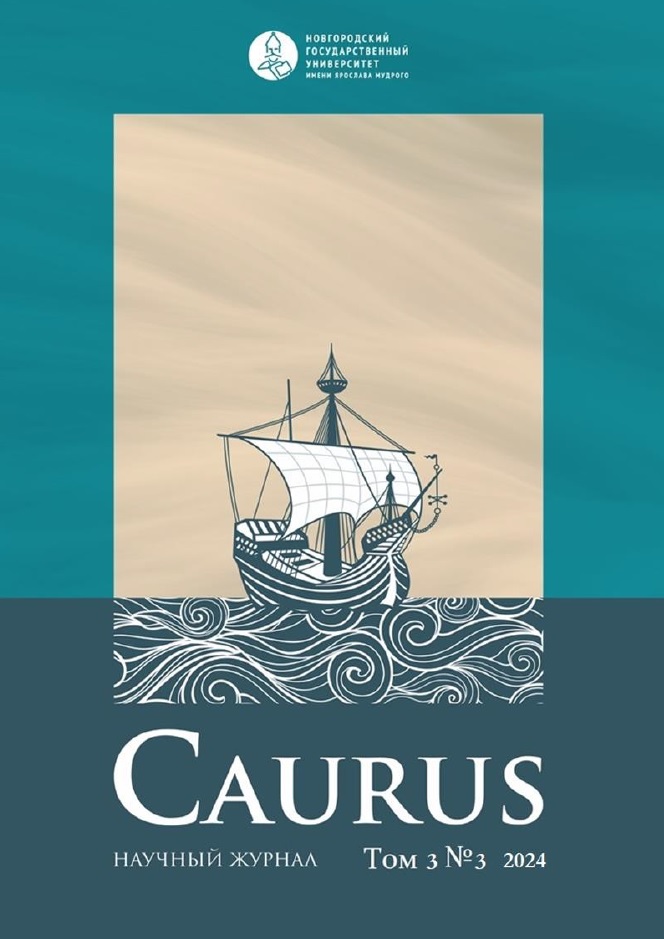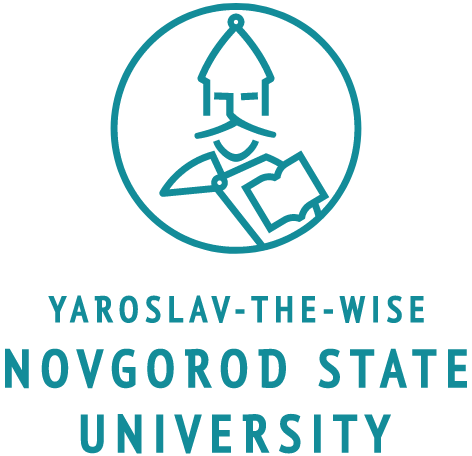Social connections between political actors in the Baltic states at the end of the XIIth – beginning of the XIIIth century (according to the Chronicle of Livonia)
DOI:
https://doi.org/10.34680/Caurus-2024-3(3)-14-33Keywords:
“Chronicle of Livonia”, social connections, crusaders, Bishop of Riga, Old Russian princes, Livs, Latgalians, EstoniansAbstract
The article examines the process of social interaction between the main political forces in the Baltic states (Livonia) at the initial stage of German colonization (80s of the XIIth century - 20s of the XIIIth century). The main source of the study is the Latin manuscript of the German clergyman Henry, known as the «Chronicle of Livonia» or «Chronicle of Henry of Latvia»
(lat. Heinrici Cronicon Lyvoniae). The main focus of the study is on the forms of contacts that led to the building of a complex system of connections. Special attention is devoted to the consideration of various types of conflicts, as well as ways to resolve them. As a result of the study, conclusions are drawn about the main mechanisms for the formation of political alliances and the functioning of social connections in the region under study.







